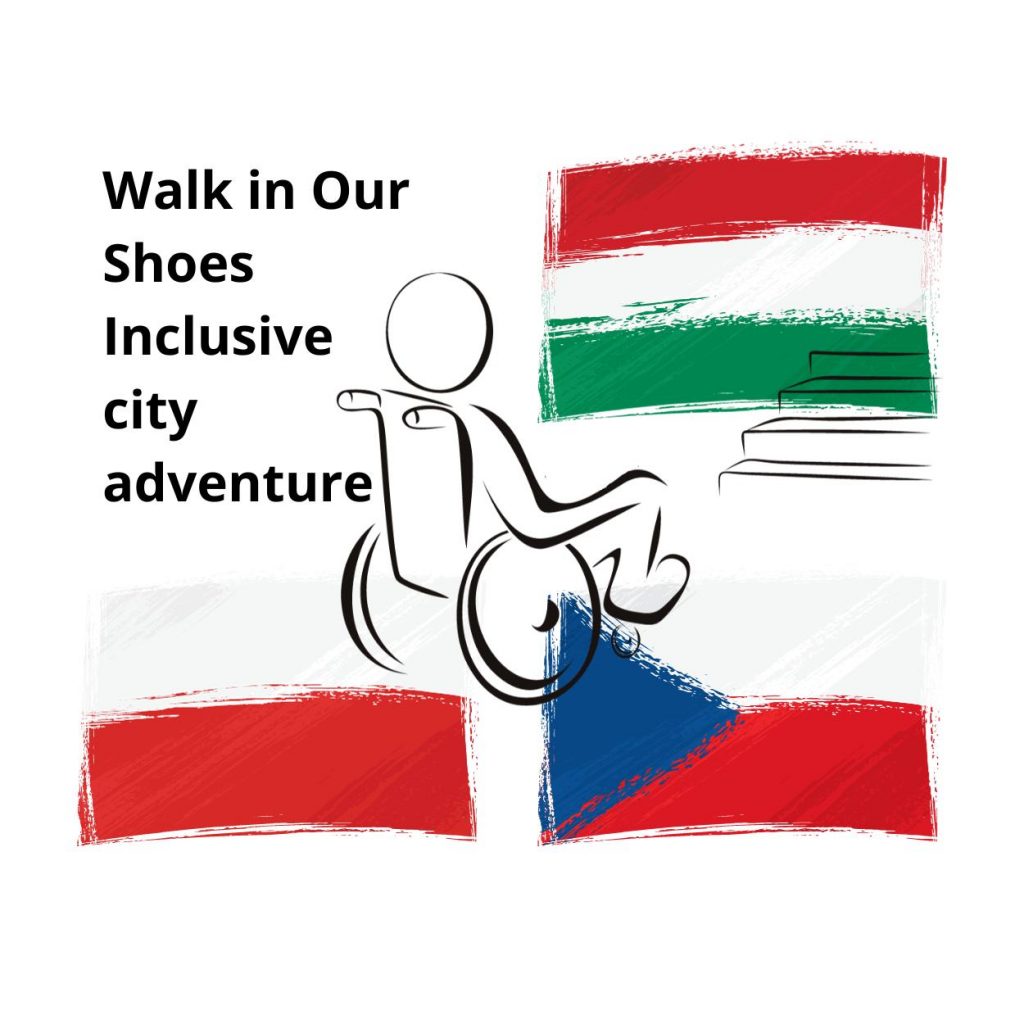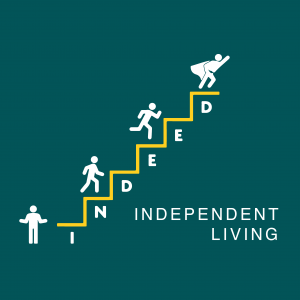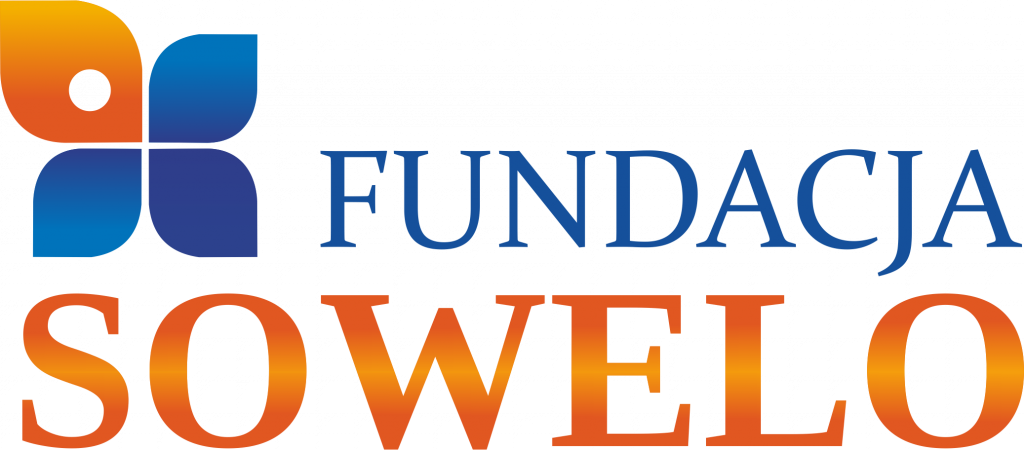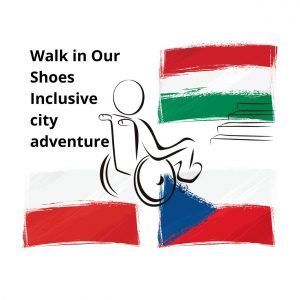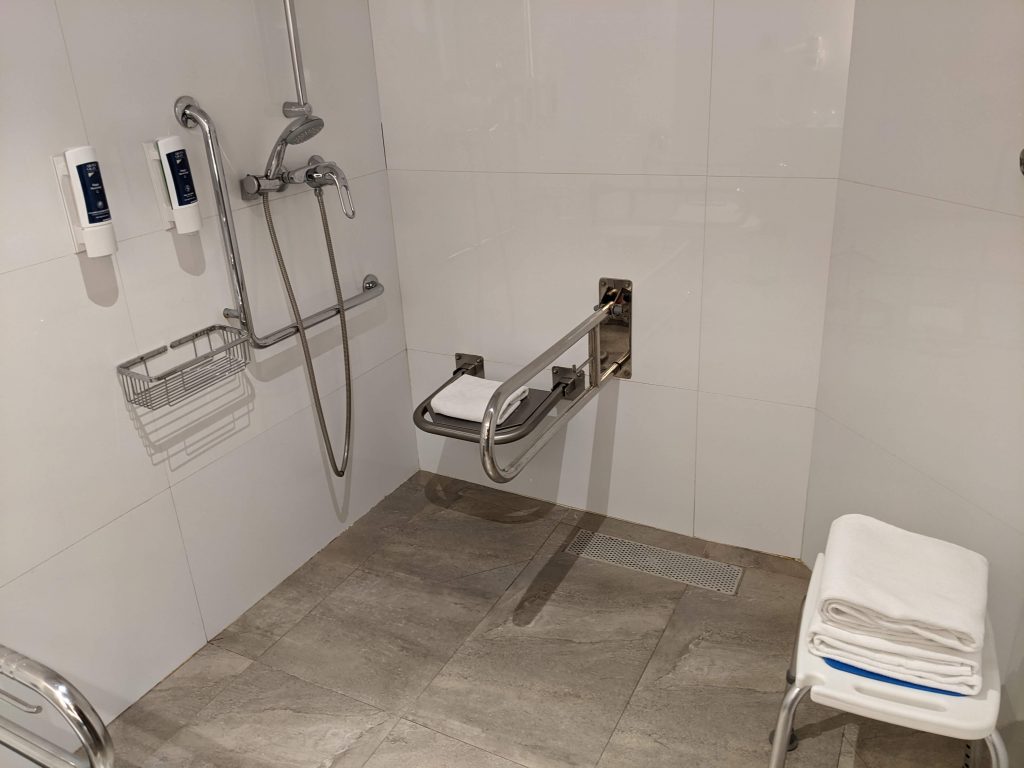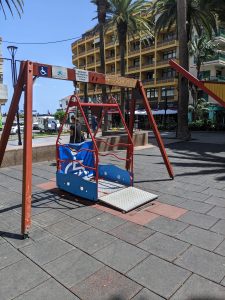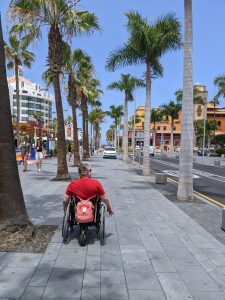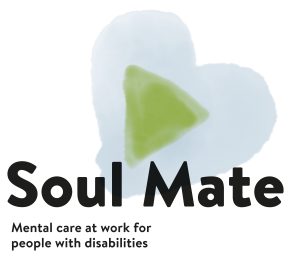Project title:
Pécs Városi Civil Keret 2023-2/Pécs City Civil Financial Framework 2023-2
Project duration:
16.10.2023.- 31.12.2023.
Supporter:
Local Government of Pécs
Project summary:
Expansion of our Barrier-free Pécs Database with additional locations.
Our important goal is to make Pécs exemplary. There are few social problem areas that can connect as many target groups as accessibility.
Accessible venues and programs are a basic necessity for people with disabilities. Without it, they cannot go out, study, work, play sports, travel, have fun, run errands. That is, to live as an equal citizen in society. For the elderly and parents with strollers, accessible spaces are equally important. It is a great help for those with temporary injuries, pulling suitcases and shopping bags. And everyone is much more comfortable in an accessible environment!
There is no list or map of accessible locations in Hungary. For people with disabilities, however, predictability is essential.
Therefore, in 2018, our association was the only one in the country to create a free Pécs city database of accessible locations in and around Pécs. In recent years, we have developed this from small grants, mostly from our own resources, into a professional one.
The aim is to provide urban populations with detailed and reliable information on accessible locations. Information is available in 12 categories, free of charge, in Hungarian and English, illustrated with many own photos, map display and contact information.
It also aims to develop barrier-free tourism in Hungary, to attract and inform tourists visiting Pécs (this is why it is also available in English). Since then, there has been no similar urban barrier-free database in the country.
The Barrier-free Pécs Database is available free of charge on our website in Hungarian and English: https://peoplefirst.hu/en/barrier-free-pecs/
Goal:
The Barrier-free Pécs Database is unique in Hungary and has made the city of Pécs exemplary. Countless organizations in the country are contacting us for professional support and partnership in this matter. This existing result is constantly strengthened as the database expands.
Maintaining the database is part of city marketing. It makes Pécs one of the citadels of barrier-free tourism in Hungary, and its tourism marketing power is significant.
Strengthening existing cooperation with City Hall.
Based on our measurements and domestic and international feedback, the citizens of Pécs and visitors feel a serious need for the Barrier-free Pécs Database and are happy to use it.
The social sensitization effect of the database is extremely important for both disabled and able-bodied society! Therefore, the Barrier-free Pécs Database and the Hidden City Tor-Tour are closely complementary activities.
Target groups:
Our basic target group is people with disabilities. We do not focus on one group, since the membership of our association is also made up of people with all types of disabilities. Thanks to this, we have sufficient professional experience for the activity.
Our wider target group is the entire urban population and visitors. Everyone who needs accessibility or is more comfortable.
How does the project work?
From mid-October 2023, the establishment of an exploratory team consisting of professionally prepared participants with disabilities. Holding preparatory training in the community space of the association (BeFogadó-Pepita).
Create a detailed schedule and task plan.
During October-November 2023, IT development and testing
From mid-October to early December 2023, new accessible locations in Pécs will be explored and existing locations updated in parallel. Professional explorations in teams of 3 people (limited mobility, visually impaired, assisting). Then they are processed and inserted into the database in Hungarian and English (description, data, photo documentation, map display, commenting option. Additional online marketing activities).
Evaluation team meeting in mid-December 2023. Define future tasks and further funding opportunities.
Results and impact of the project:
Training of the professional team. It is carried out by people with disabilities who have the best knowledge of their field. They receive continuous professional trainings. For them, this is a significant social integration opportunity: new knowledge, useful activity, earning money, learning, inclusion, sensitization, community building.
Exploring new locations and integrating them into the Barrier-freee Pécs Database. During the very short funded project period, we fully explore 4 new locations from the grant and upload them to the database in Hungarian and English.
IT development. Convert the entire database and web page to a newer and more reliable system and update the associated code. Software development and testing.
Update existing information in the database. An accessible database is worthless if your information is not up-to-date! This is not covered by the support received, so we try to solve it from our own resources, free of charge, because it has to take place continuously.
Project sustainability:
In cooperation with the city, our database is part of the https://pecs.hu/en/ website.
Maintaining the database should be part of city marketing. Therefore, the already established cooperation with the Pécs City Hall must be expanded and strengthened. This would also require constant financial participation from the city, in which we are trying to achieve cooperation.

